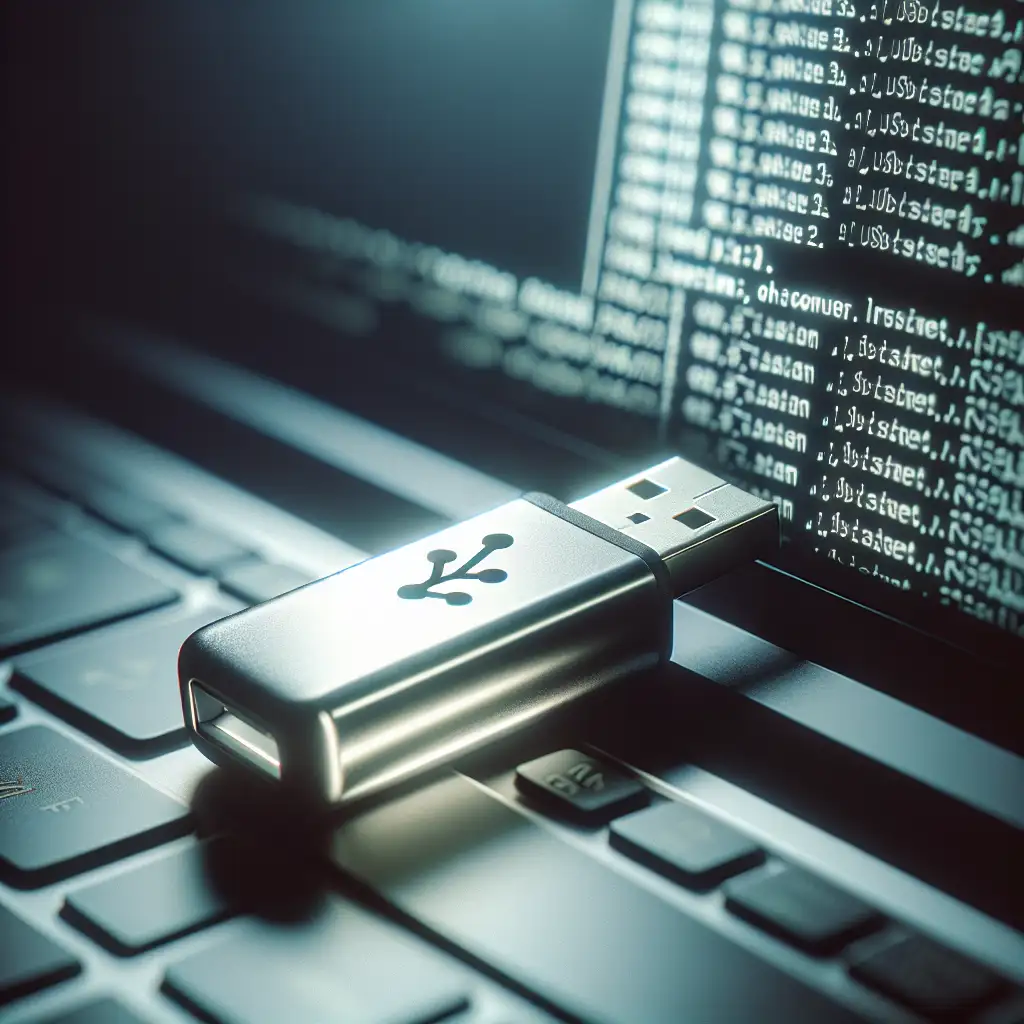Mastering USB Boot for Linux: A Step-by-Step Guide to Unlocking Portable System Flexibility
Forget reinstalling or dual-boot setups. Discover how booting Linux directly from a USB can streamline your workflow and offer a portable, secure Linux environment wherever you go.
If you’re a sysadmin, developer, or even just a tech enthusiast, booting Linux from a USB drive is a game-changer. It allows you to carry a fully functional Linux system in your pocket, test new distributions without altering your main computer, troubleshoot systems on the fly, or maintain secure environments independent of your host OS.
In this guide, I’ll walk you through everything you need to know to create a bootable Linux USB drive and boot your computer from it. Whether you’re using Windows, macOS, or an existing Linux system, I’ll cover the key steps with practical examples.
Why Boot Linux From USB?
- Portability: Carry your OS everywhere and use it on almost any compatible PC.
- Non-destructive: No need to mess with your existing hard drives—no partitions, no dual boot setups.
- Safe Testing Ground: Try new distros or software without risk.
- Effective Troubleshooting: Repair broken systems using live tools.
- Secure Environments: Keep sensitive work isolated on encrypted USB drives.
What You Need Before You Start
- A USB flash drive (at least 4GB for most distros; 8GB+ recommended for comfortable space).
- The ISO file of your preferred Linux distribution (Ubuntu, Fedora, Debian, etc.).
- A tool to create bootable USBs, such as:
- Rufus for Windows
- Balena Etcher (cross-platform)
ddcommand on Linux/macOS
Step 1: Download Your Preferred Linux Distribution ISO
Visit the official website of the distro you want:
- Ubuntu: https://ubuntu.com/download/desktop
- Fedora: https://getfedora.org/en/workstation/download/
- Debian: https://www.debian.org/CD/http-ftp/
Download the ISO file — this is the "disk image" that will be written to your USB.
Step 2: Prepare Your USB Drive
On Windows Using Rufus
- Insert your USB stick.
- Open Rufus. It should detect your USB automatically.
- Click
SELECTand choose the downloaded ISO file. - Leave all settings at default (Partition scheme: MBR or GPT depending on your hardware; typically GPT for UEFI systems).
- Click
STARTand wait for the process to finish.
On macOS and Linux Using Balena Etcher
- Download and launch Etcher (https://www.balena.io/etcher/).
- Select the ISO image.
- Select the target USB drive.
- Click
Flash!
Using dd on Linux/macOS (Advanced)
Open terminal and run:
sudo dd if=/path/to/linux.iso of=/dev/sdX bs=4M status=progress && sync
Replace /dev/sdX with your actual USB device identifier (be very careful here as choosing the wrong device can wipe your hard drive).
Step 3: Change Your Computer’s Boot Order
To boot from a USB drive:
- Insert the freshly created bootable USB into your PC.
- Reboot your machine.
- Enter BIOS/UEFI setup or Boot Menu during startup by pressing keys like
F12,Esc,Del, orF2(this depends on your manufacturer). - Select “Boot from USB” or reorder the boot priority to place USB devices first.
- Save and exit BIOS; the system should now boot from your USB stick.
Step 4: Explore Your Live Linux Environment
Most modern distros provide a "Live" session option when you boot from USB:
- Run complete desktop environments without installation.
- Test hardware compatibility.
- Access recovery tools if installing on another system fails.
From here you can either test out Linux or proceed with installation if desired.
Optional: Creating Persistent Storage on Your Live USB
By default, changes made in a live session are lost after reboot. If you want to keep files and installed packages saved between sessions:
- Use Rufus’s "Persistent partition size" slider when creating Ubuntu-based live drives.
- For other distros like Debian or Fedora, tools like
mkusbenable persistent storage.
This approach turns your live USB into a portable workspace!
Quick Example: Creating an Ubuntu Bootable Live USB with Persistence on Windows via Rufus
- Download Ubuntu ISO from ubuntu.com
- Run Rufus
- Select your Ubuntu ISO in Rufus
- You’ll see an option under "Persistent partition size" — allocate some space (e.g., 1–2 GB)
- Start flashing
- After rebooting from this USB stick, any files saved will remain intact next time you boot it up!
Troubleshooting Tips
- USB not detected on boot? Try different ports or check BIOS settings for “USB Legacy Support.”
- Boot mode issues? Match distro flavor with your system's firmware mode: UEFI vs Legacy BIOS.
- Slow speeds? Use a USB 3.x port and high-quality flash drives for better performance.
Final Thoughts
Mastering how to boot Linux from a USB opens doors to immense flexibility—whether creating portable development setups, fixing bricked computers, testing software in isolated environments, or just exploring different distributions safely.
Once you’ve got the basics down, feel free to experiment with persistent storage setups or even full installations onto external SSDs connected via USB for lightning-fast portable systems.
So next time reinstalling feels like too much hassle—or if you need that perfect mobile toolbox—remember that all it takes is one simple step: boot it up from a USB!
Have questions about specific distros or tips? Drop them in the comments below!
